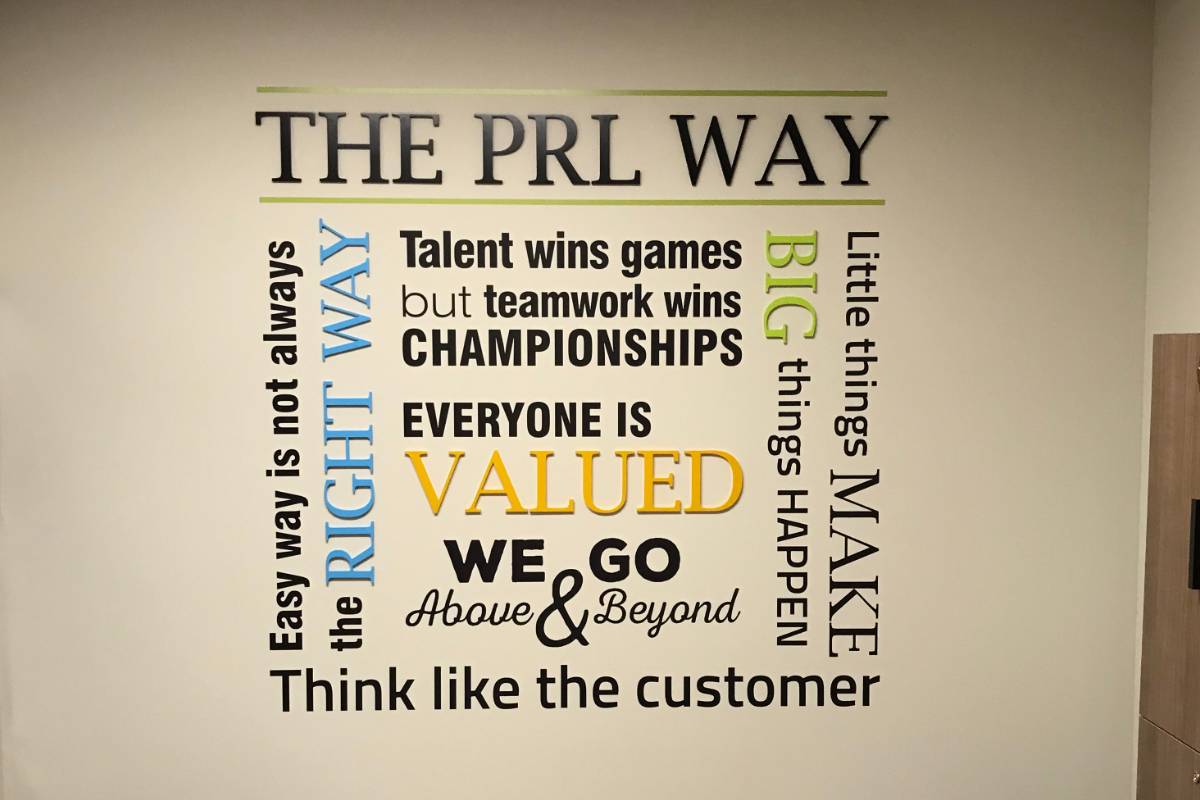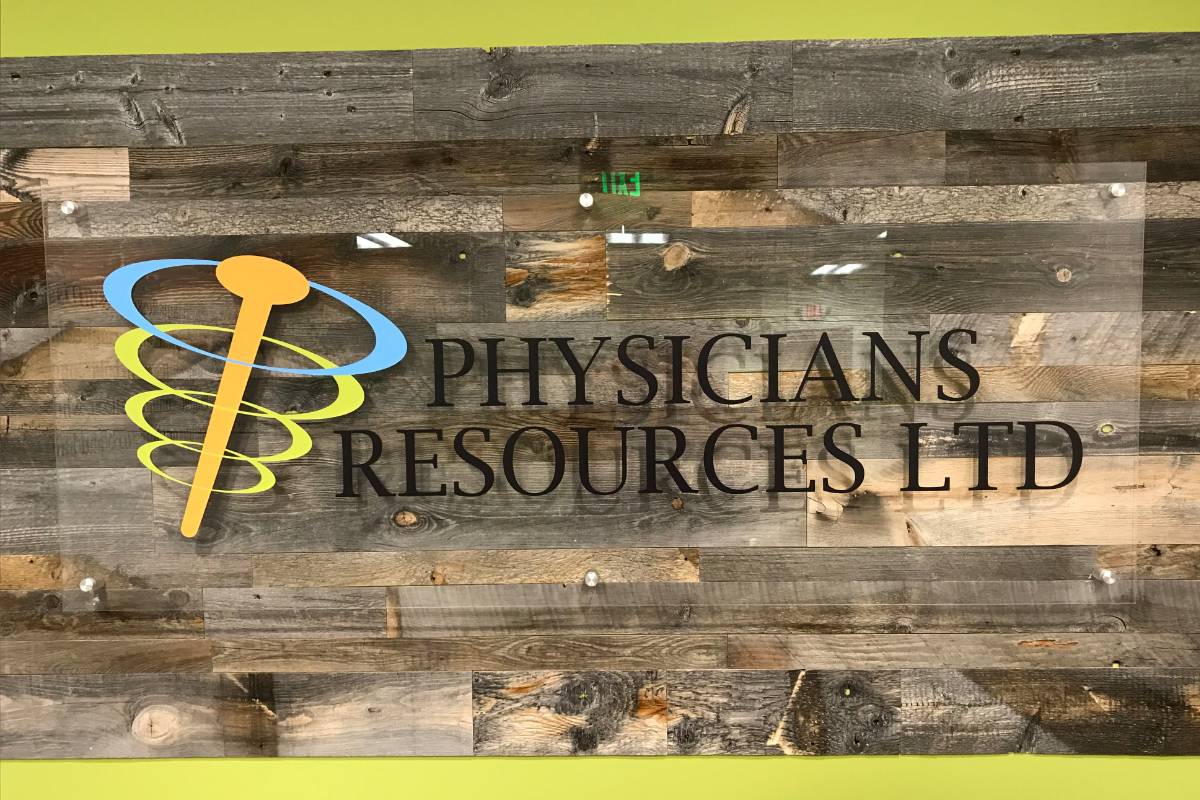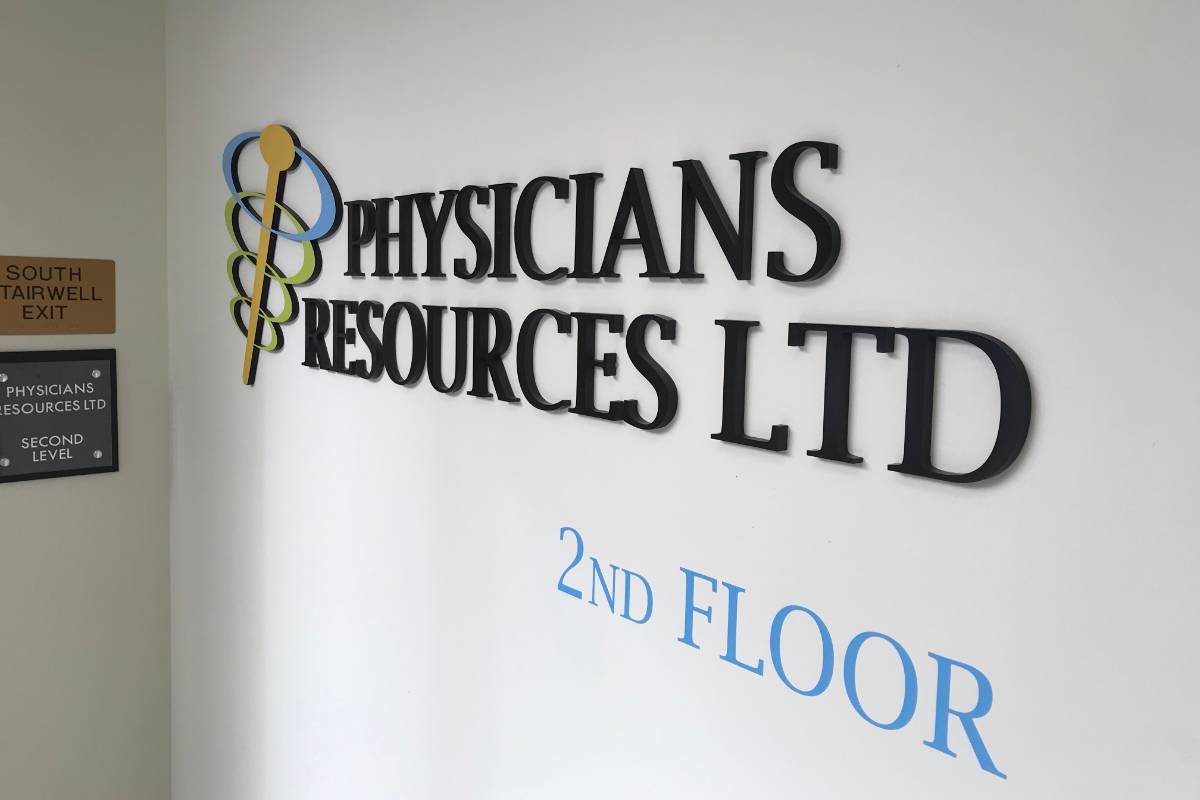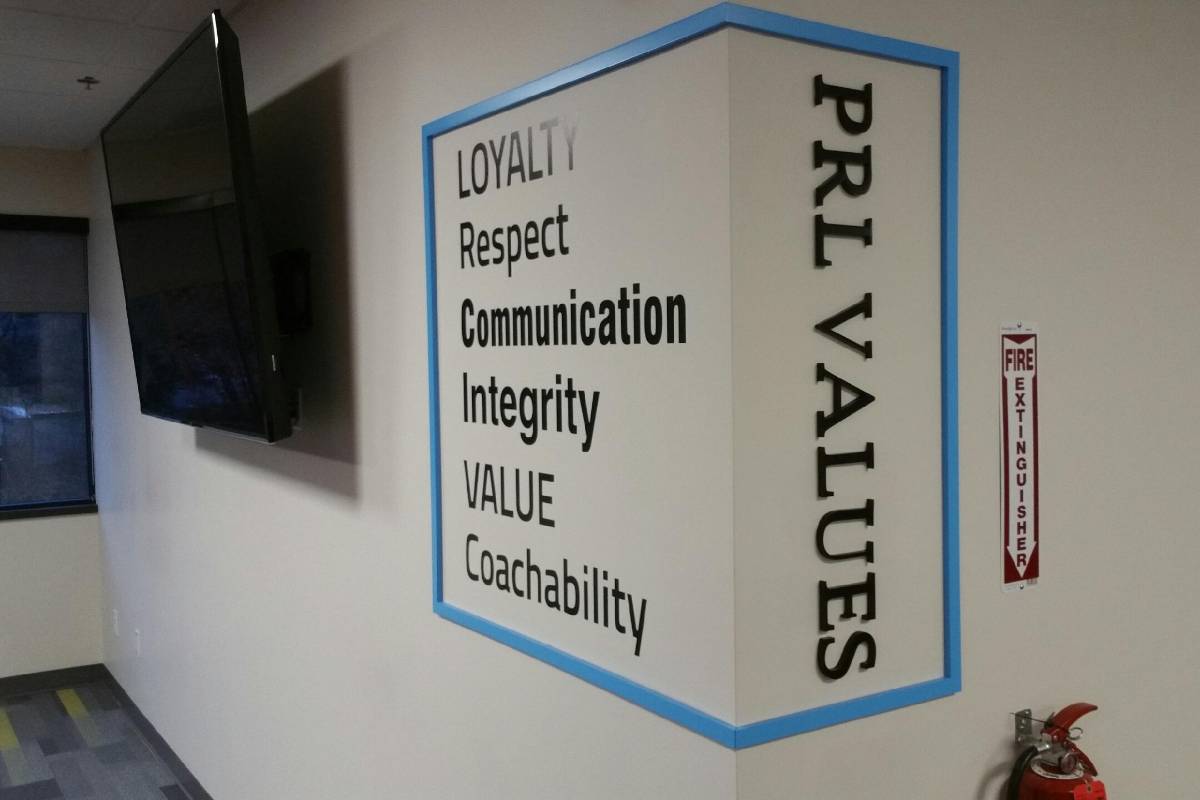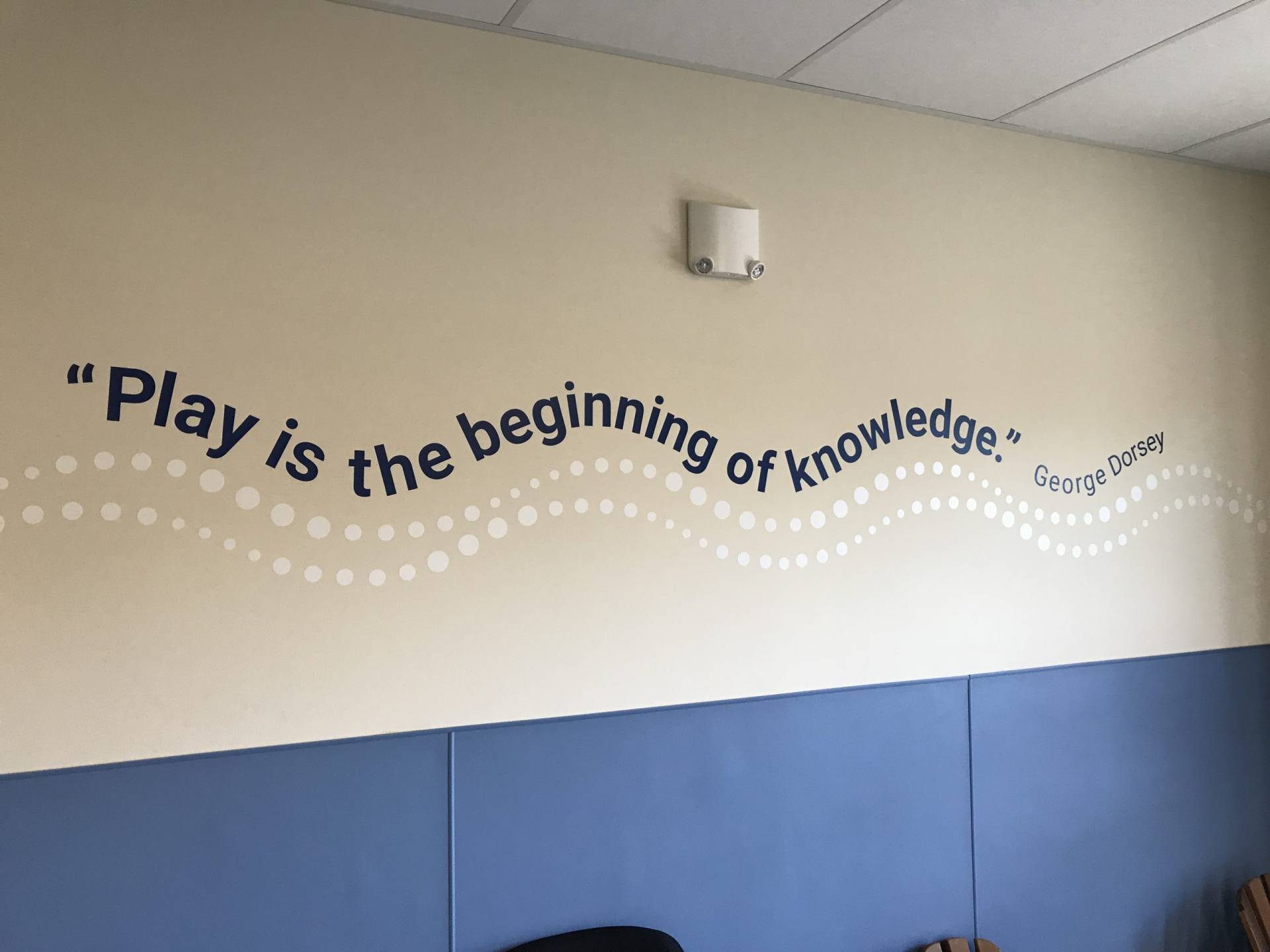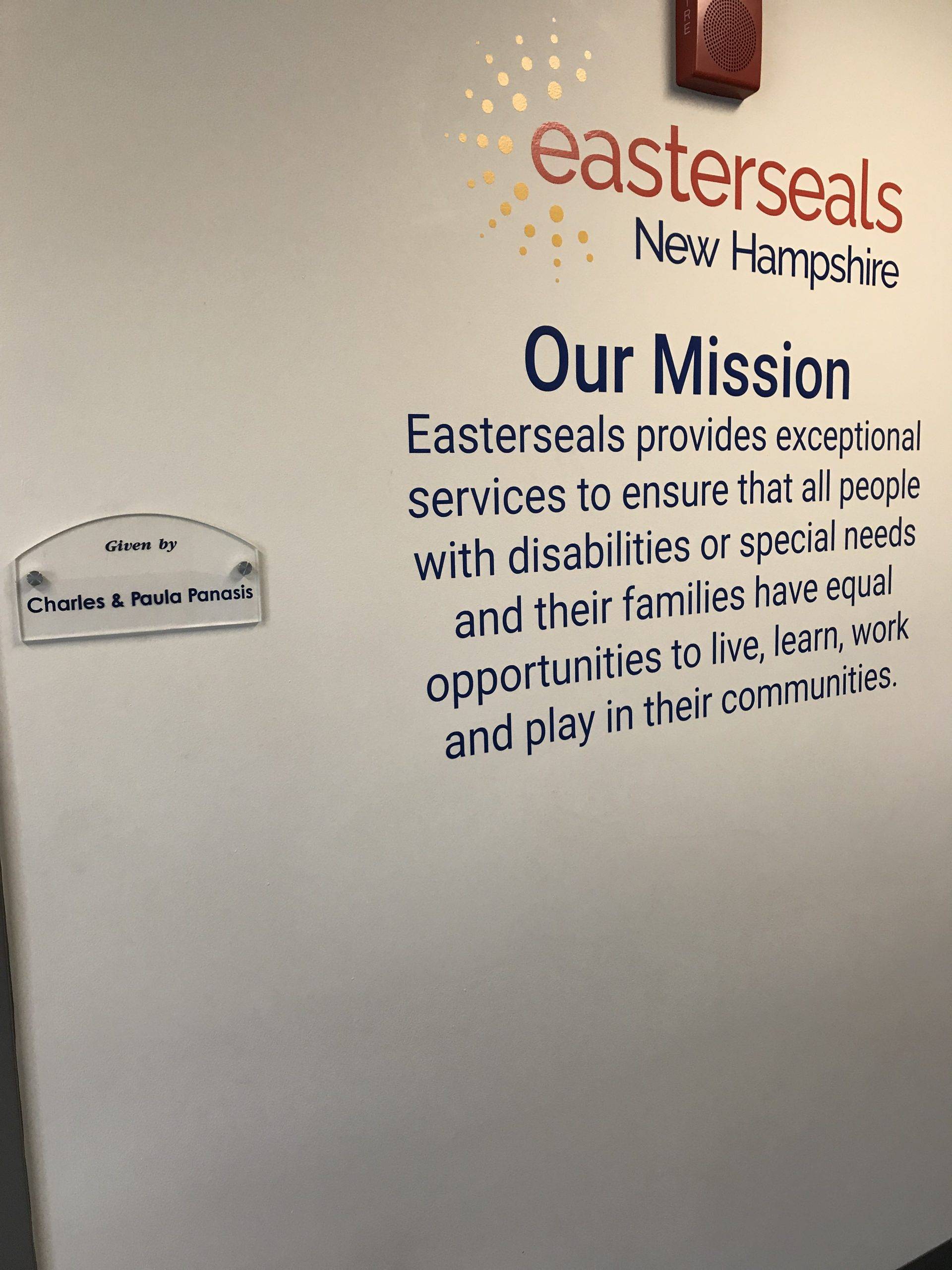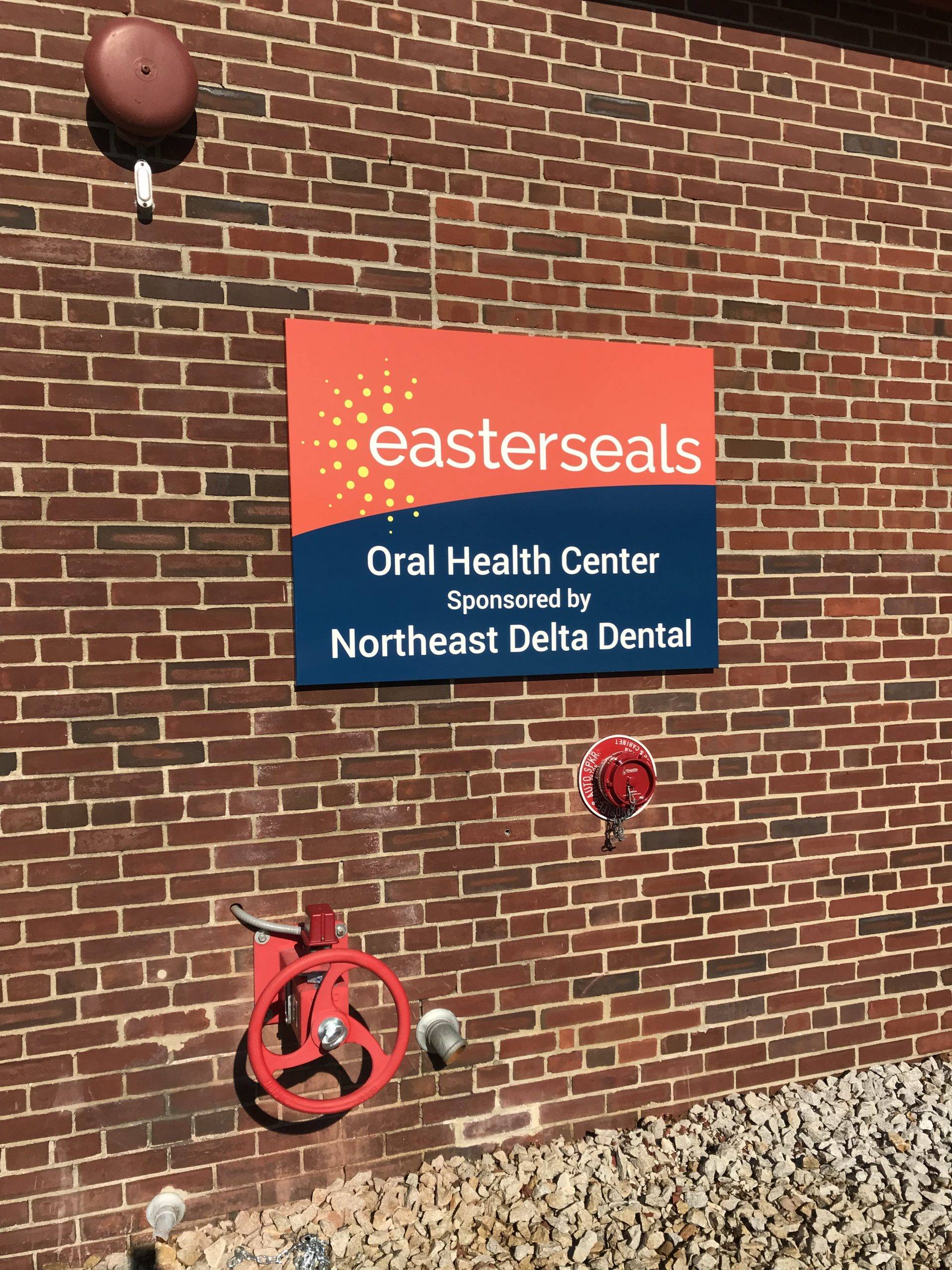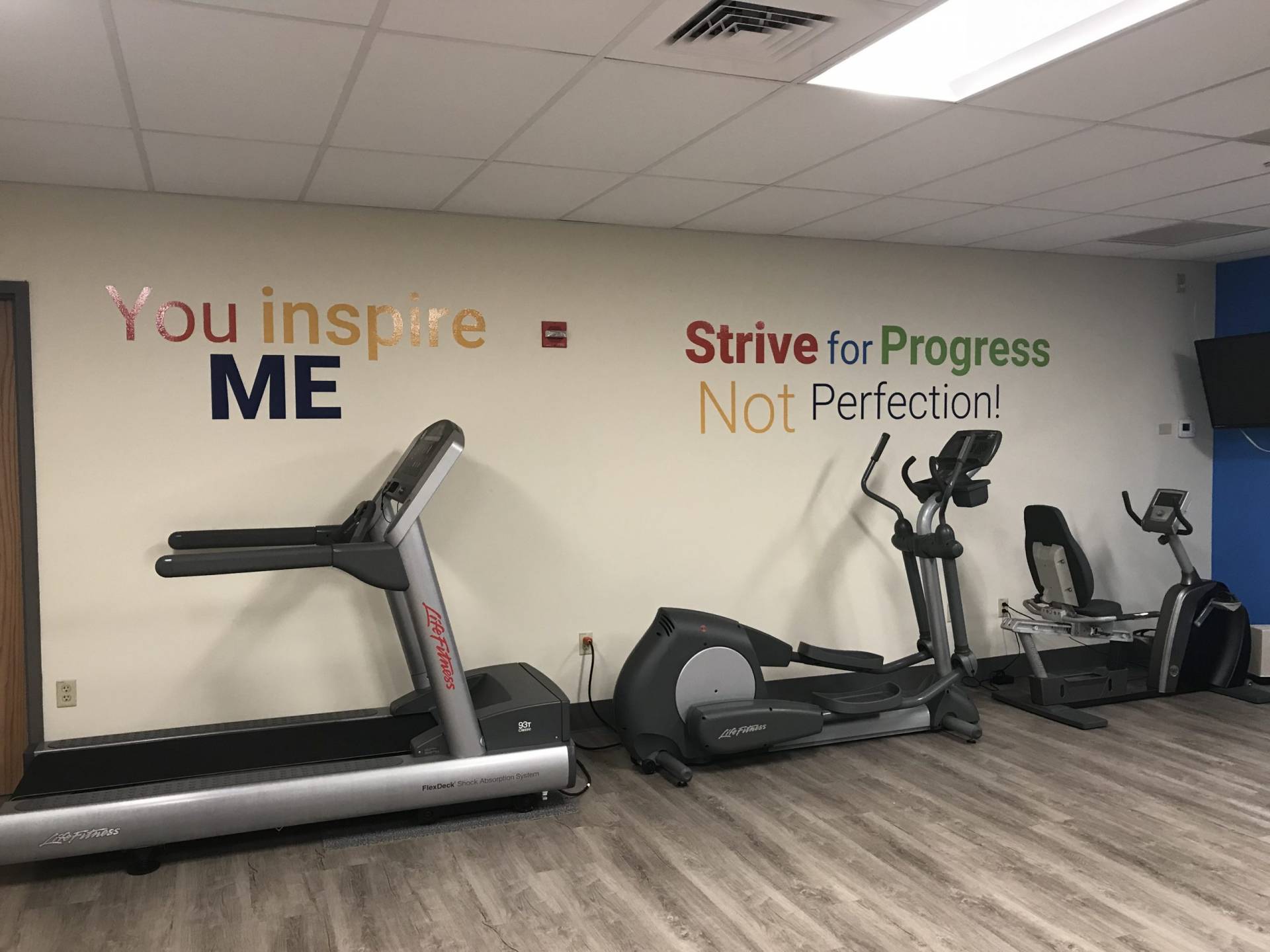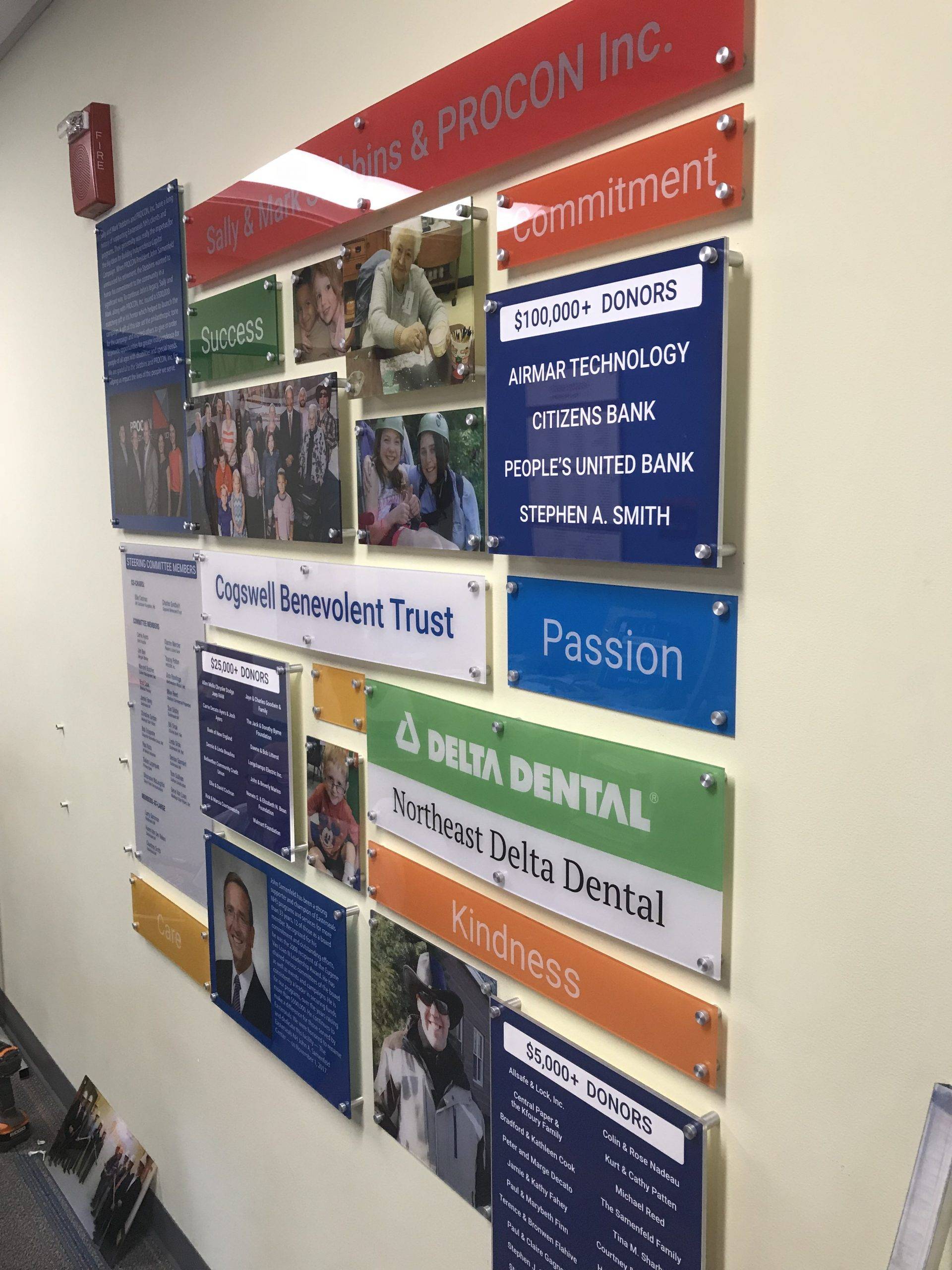
Search Engine Optimization: Chapter 3
SEO Audit Opens New Doors for Bob’s Bait Shop
Welcome back! In the previous chapter we discussed external and internal links and their impact on your search engine optimization efforts. In this next segment, I want to emphasize the importance of performing an SEO audit for your business. This will help you identify any technical issues with your site so you can address them and make your way to the top of search results!
After a number of fishing trips, it was time to restock some items in my tackle box. I made another trip to Bob’s Bait and Tackle one afternoon to buy some more lures, another spool of fishing line, and a few more fishing weights. The same employee that was working who helped me before happened to be the owner of the shop. I thanked him again for his recommendation and told him about all the luck we had, showing him pictures of my brothers holding up some impressive bass. He enjoyed the photos and eventually we got to talk about his business. He mentioned that when it came to foot traffic, his business thrived, but his website wasn’t gaining the traction he had hoped for. I asked him if he had performed an SEO audit recently to understand if there were any technical issues behind the scenes that could be causing these issues. He said he hadn’t and didn’t know where to start, which led me to explain the basics to him.
What is an SEO Audit?
An SEO Audit would help Bob understand the variety of elements that impact website visibility and performance in organic search. Essentially, you are giving your website a check-up to review its overall health. Through performing a thorough audit, any problems with your website’s SEO will be revealed to you, and by being aware of such problems and resolving them, you can begin to rank where you belong!

Potential Roadblocks: 404 Errors
I explained to Bob that 404 errors are like giving someone directions to a great fishing spot, but the trail to get there is extremely overgrown. When performing an SEO audit, you may come across pages on your website that provide 404 errors, stating that the page no longer exists or can’t seem to be found. A 404 error is a standard HTTP error message code that means the page users were trying to reach couldn’t be found on the server. These pages can cause disruptions to a user’s experience and are often a result of pages being removed or moved without the URL being updated accordingly. It’s important to keep in mind that 404 pages act as roadblocks to web crawlers that are trying to index your site. If a page cannot be crawled, this can lead to your site performing poorly in organic search. In terms of best practices, it’s advantageous to update and improve your existing pages rather than deleting them. This will help you avoid 404 error pages altogether. If your site does contain 404 pages, make sure to set up 301 redirects to pages that do exist. These will channel prospective customers back to the right place, allowing them to continue their journey seamlessly.
Why Site Load Time is SO Important
While fishing is a game of patience, many users will likely want to find what they need as soon as they can, like lures from Bob’s site. The time it takes for pages to load on your website is a crucial component that determines whether users will stay engaged with what you have to offer or not. Pages can load slowly for a number of reasons, such as network congestion, unoptimized images, and JavaScript issues, so it’s crucial to identify these specific issues when completing your audit. The goal is to have your site load as fast as possible. According to researchers at HubSpot, the ideal site load time should be 2 seconds or less! This will lead to higher conversion rates and more profits for your business. If your site were to take 10 seconds to load for example, the majority of users are going to become frustrated, close out of the page, and move on to check out your competitors. Your bounce rate is also likely to increase by over 100% if your site takes 6 seconds or longer to load! It’s important to note that not all users are searching with the strongest internet connection, so when your site loads faster, you’re creating a more enjoyable experience for your users and improving your SEO.
Double Trouble
Having duplicates is not always a good thing. You may find throughout your SEO audit that your site contains duplicate content, title tags, meta descriptions, or headings. Your placement on search results pages may be negatively impacted if these issues remain untouched. This is because duplicate content can be accessed from multiple URLs on the web, confusing search engines when it comes to which URL should be listed higher in search results. Oftentimes, search engines will give preference to other webpages and actually rank the URLs with duplicate content much lower. Performing an in-depth SEO audit can uncover a number of issues hindering your search engine optimization efforts that you weren’t previously aware of.
Know exactly what you need but not sure how to start the process? Click the link below to schedule a time to chat with us.

Cutting Through the Noise With Direct Mail Marketing
Everyday, we see 2,904 messages. We pay attention to 52, but only remember four. Your message has a mere three seconds to gain…
August 9, 2021















